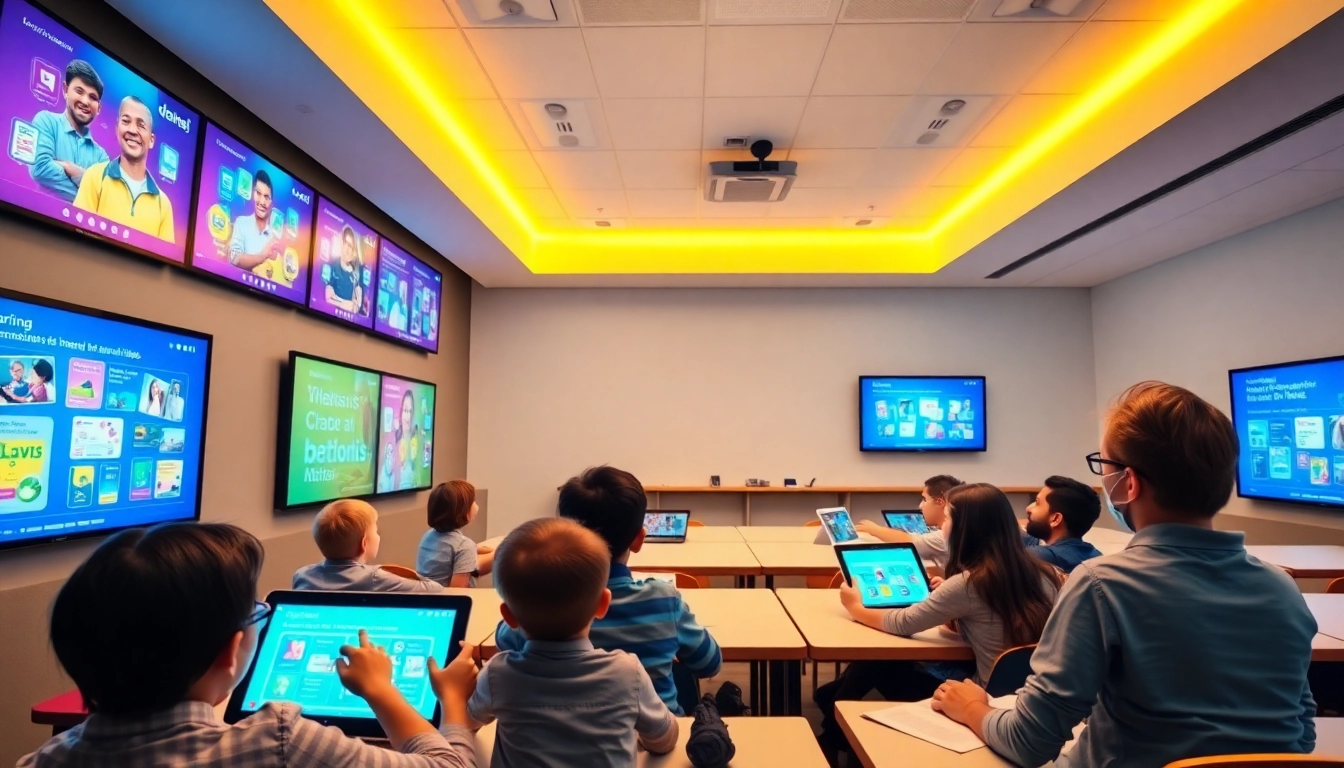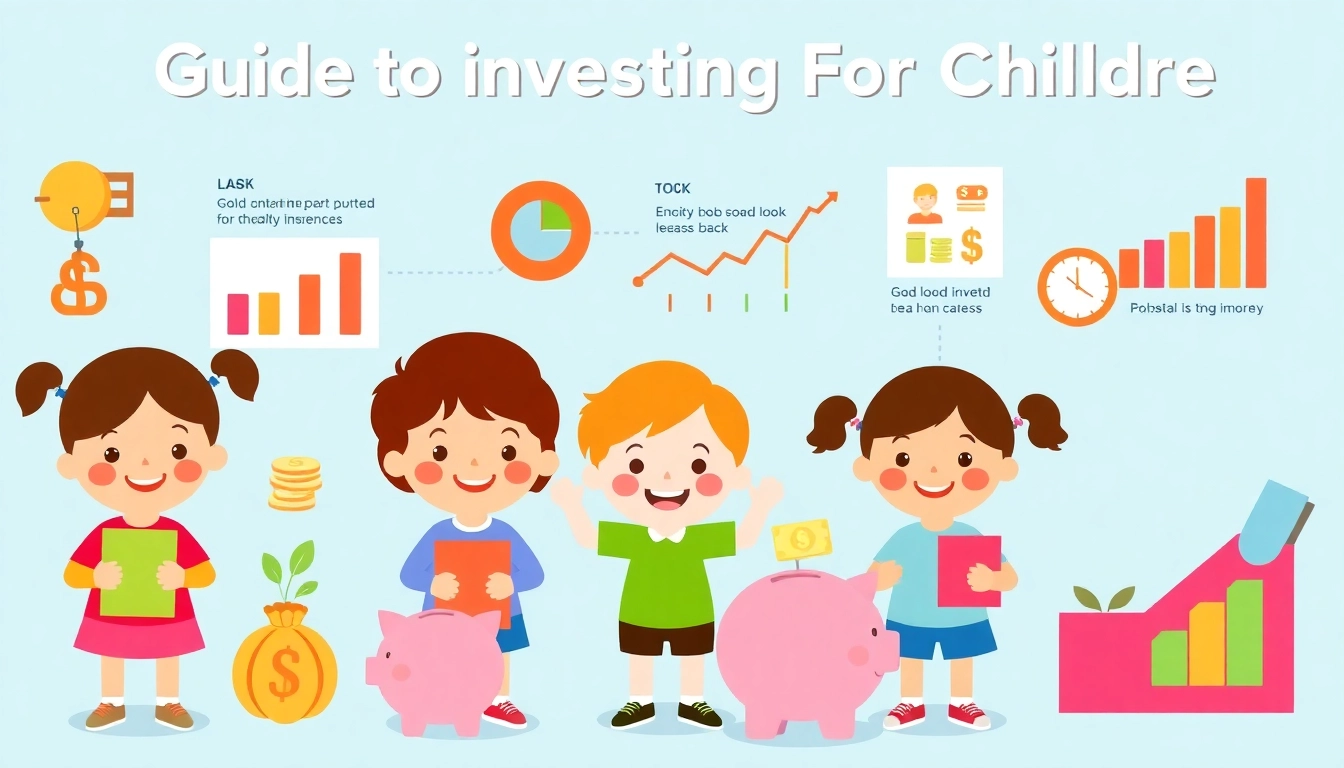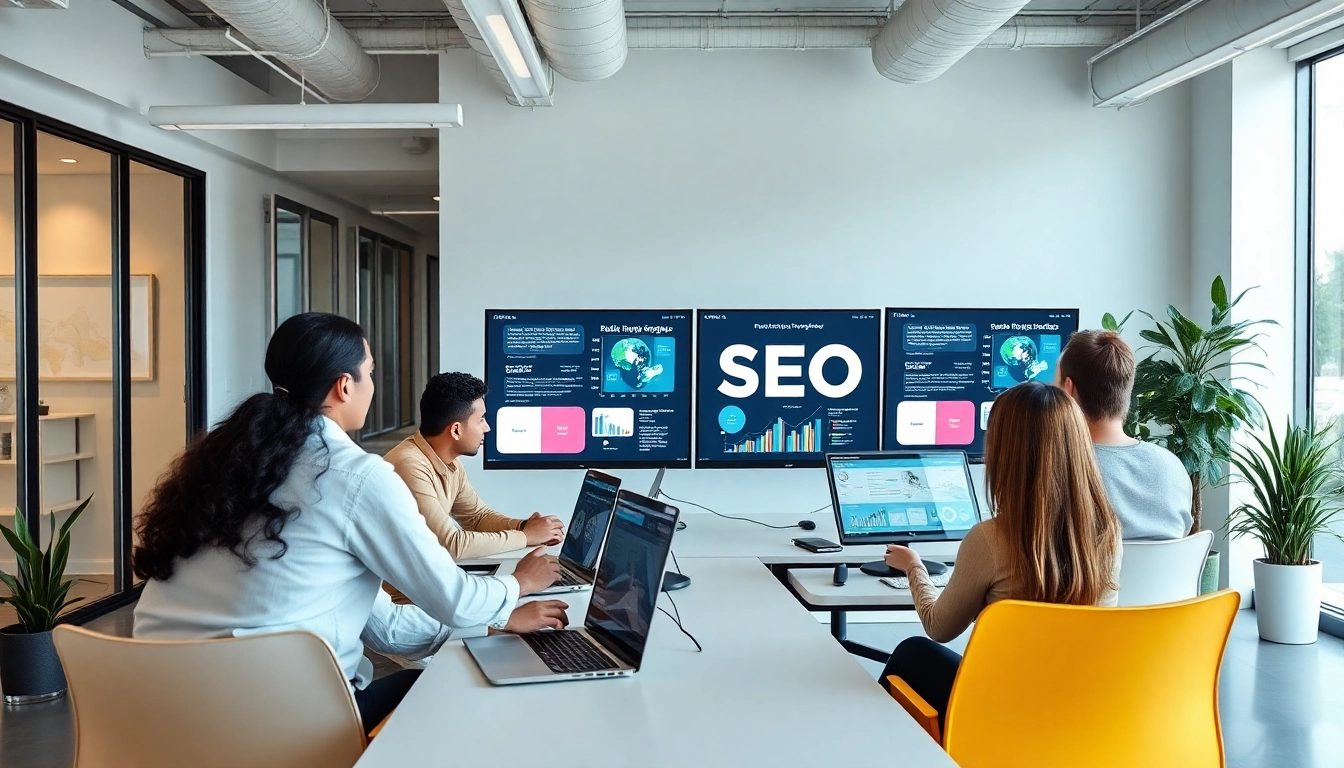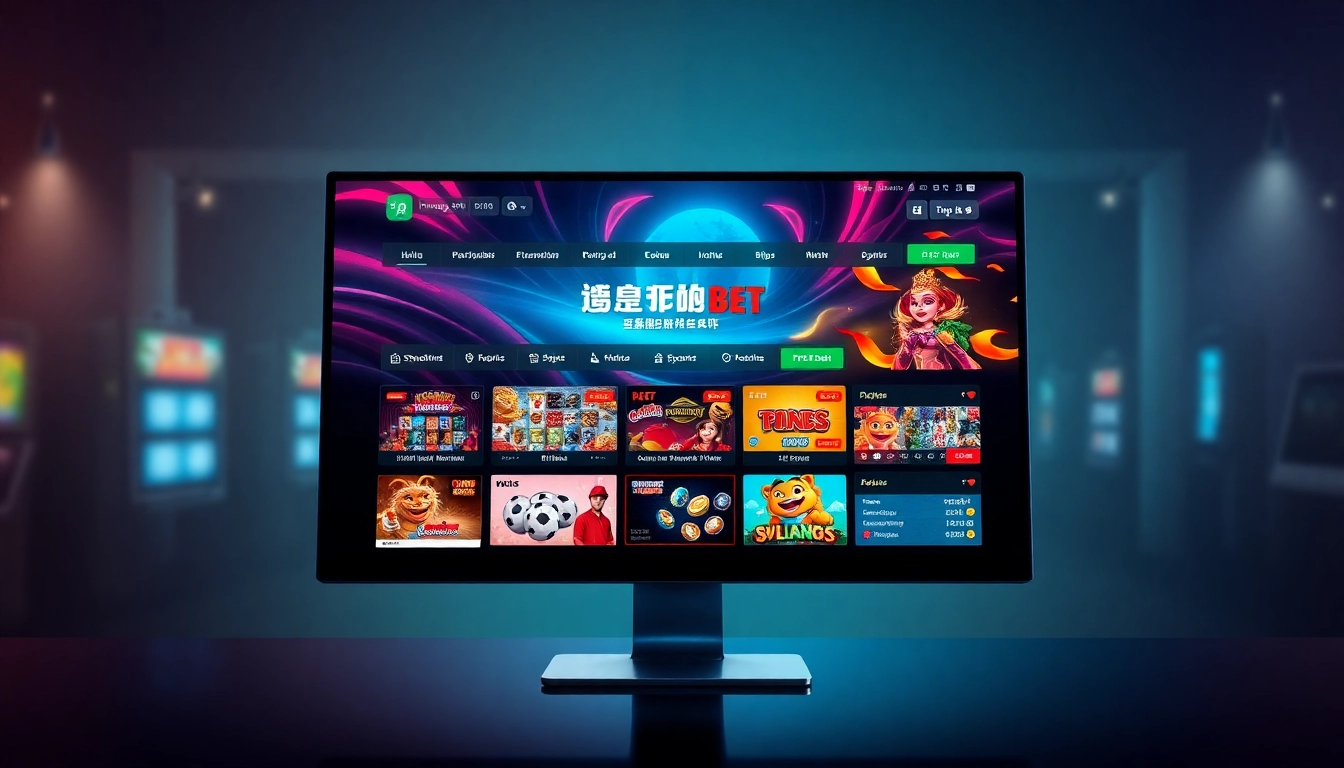
Understanding the Role of EdTech AI Platforms in Modern Education
In today’s rapidly evolving educational landscape, artificial intelligence-driven platforms are transforming how educators deliver content, personalize learning experiences, and engage students. An EdTech AI platform serves as the backbone of innovative educational strategies, enabling teachers and instructional designers to create dynamic, scalable, and highly customized learning environments. By integrating AI into educational practices, these platforms address traditional limitations, provide actionable insights, and foster a collaborative community dedicated to continuous improvement.
What Defines an EdTech AI Platform and Its Core Functions
An EdTech AI platform is an advanced technological system that leverages artificial intelligence to facilitate, enhance, and automate various educational activities. Its core functions typically include:
- Content Automation and Personalization: Generating and adapting lessons, quizzes, and assessments tailored to individual learner needs.
- Data-Driven Analytics: Monitoring student progress, engagement levels, and learning outcomes to inform instructional strategies.
- Interactive Content Creation: Designing engaging multimedia lessons that accommodate different learning styles—visual, auditory, and kinesthetic.
- Assessment and Feedback: Providing real-time grading, formative feedback, and analytics to optimize student success.
- Community and Collaboration: Connecting educators and content creators to share resources, remix materials, and co-develop innovative content.
What sets a truly effective EdTech AI platform apart is its ability to seamlessly integrate these core functions into an intuitive interface, empowering educators to focus on pedagogy rather than technical complexity. For example, platforms like Mexty enable rapid content creation with SCORM-compliance, ensuring accessibility and interoperability across systems, ultimately making personalized learning scalable and sustainable.
Current Trends Shaping AI-Driven Educational Tools
The landscape of EdTech AI is constantly evolving, driven by advancements in machine learning, natural language processing, and data analytics. Key trends include:
- Adaptive Learning Technologies: AI systems analyzing student interactions to modify content delivery in real-time, optimizing engagement and retention.
- Generative AI for Content Creation: Tools that automatically generate quizzes, explanations, or multimedia resources, reducing educator workload and fostering creativity.
- Data-Driven Personalization: Using analytics to tailor content to individual learning styles—whether visual, auditory, or kinesthetic—thus improving outcomes.
- Integration of Gamification: Embedding game mechanics into learning platforms to motivate students and sustain their interest over time.
- Community Building and Sharing: Platforms facilitating collaborative content remixing, peer review, and shared best practices among educators worldwide.
For instance, platforms like MagicSchool.ai exemplify these trends by integrating AI to generate engaging lessons for over 6 million teachers globally, demonstrating the scalability and effectiveness of current innovations.
Key Challenges and Opportunities for Educators Using AI Platforms
While AI-driven platforms offer transformative potential, they also present specific challenges:
- Technical Literacy: Educators may need training to maximize the platform’s capabilities, which can be addressed through user-friendly interfaces and dedicated support.
- Data Privacy and Security: Handling sensitive student information requires compliance with legal standards such as GDPR and FERPA, necessitating robust security protocols.
- Equity and Accessibility: Ensuring AI tools serve diverse learners, including those with disabilities or limited internet access, remains a priority.
- Initial Investment: While many platforms offer scalable solutions, some institutions face financial barriers to adoption.
Opportunities include leveraging AI to reduce grading time, customize learning pathways effortlessly, and foster a vibrant educational community. By embracing these innovations, educators can shift from traditional, one-size-fits-all approaches to personalized, data-informed instruction that addresses every student’s unique needs.
Implementing Personalized Learning with Mexty: Step-by-Step Guide
Getting Started: Setting Up Your EdTech AI Platform Account
Embarking on your personalized learning journey begins with creating an account on a platform like Mexty. The process is straightforward:
- Register with your educational institution or as an independent educator.
- Configure your profile, including subject specialization and learner demographics.
- Familiarize yourself with the dashboard, which offers tools for content creation, analytics, and community engagement.
Once set up, the platform guides you through onboarding tutorials that illustrate how to utilize AI-powered features effectively, ensuring minimal technical barriers.
Creating Engaging, Tailored Content for Diverse Learners
The core of personalized learning lies in crafting content that resonates with varied student preferences. Platforms like Mexty facilitate this through:
- Drag-and-drop editors for designing multimedia lessons.
- AI-assisted generation of quizzes, assessments, and interactive activities.
- Templates and remix options to adapt existing content rapidly.
For example, you can create a video lesson supplemented with audio narration and interactive quizzes that adapt difficulty based on student responses. This multi-modal approach acknowledges that every learner assimilates information differently, and AI-powered tools make this customization efficient and accessible for all educators.
Monitoring Student Progress and Refining Content Strategy
Continuous assessment and adaptation are vital for effective personalized learning. Mexty offers detailed analytics on student engagement, quiz performance, and completion rates. Using these insights, educators can:
- Identify struggling learners and adjust content difficulty or provide additional resources.
- Recognize highly engaged students and reinforce their learning pathways.
- Refine future lessons based on data patterns, ensuring sustained growth and motivation.
This iterative process ensures that personalized content remains relevant and impactful, ultimately leading to improved learning outcomes.
Best Practices for Optimizing Engagement and Learning Outcomes
Designing Dynamic and Interactive Courses with Mexty
Engagement is a pivotal factor in educational success. To optimize it, leverage Mexty’s capabilities to design courses that include:
- Interactive elements such as drag-and-drop activities, gamified quizzes, and scenario-based simulations.
- Varied media formats—images, videos, audios—to cater to different learning styles.
- Real-world case studies and problem-solving tasks to foster critical thinking.
Integrating these elements creates a lively learning environment that motivates students and sustains their interest in the subject matter.
Leveraging Community Features for Idea Sharing and Remixing Content
A vibrant community of educators enhances the quality and diversity of learning materials. Mexty connects you to a network where you can:
- Share your original lessons and assessments.
- Remix and adapt content created by others to suit your context.
- Participate in forums, webinars, and collaborative projects to exchange best practices.
This collaborative approach accelerates innovation and helps educators stay at the forefront of educational technology advancements.
Using Data Analytics to Enhance Personalization and Improve Results
Analytics transform raw data into actionable insights. Key metrics to monitor include:
- Completion rates of lessons and assessments.
- Time spent on different activities.
- Performance trends over time.
Applying this data allows for targeted interventions, personalized feedback, and continuous content refinement, thereby increasing student success rates and satisfaction.
Enhancing Scalability and Efficiency in Education Delivery
Automating Routine Content Creation and Assessments
One of the most significant advantages of AI platforms is automation. Mexty enables educators to generate quizzes, assessments, and multimedia lessons effortlessly, drastically reducing preparation time. This automation not only saves hours but also maintains consistency and quality across content.
Scaling Personalized Learning Without Extra Workload
Scaling individual attention typically requires proportionally more effort. However, AI-powered tools like Mexty adapt content and track progress automatically, allowing educators to serve a larger number of students without increasing workload. This breakthrough ensures that personalized education remains feasible at scale, even amid growing class sizes.
Measuring Success and Continuous Improvement Strategies
Success metrics such as improved test scores, higher engagement levels, and positive feedback are essential benchmarks. Regular review of analytics combined with iterative content updates fosters a culture of continuous improvement. The goal is to create an adaptive learning ecosystem that evolves based on evidence, maximizing student achievement.
Future Outlook and Innovation in EdTech AI Platforms
Emerging Technologies Driving Next-Gen Education Tools
The future of EdTech AI platforms will be shaped by innovations like augmented reality (AR), virtual reality (VR), and advanced natural language understanding. These technologies will make learning more immersive, interactive, and contextually relevant, appealing to digital-native generations.
Case Studies: Successful Integration of AI in Learning Environments
Numerous institutions have successfully harnessed AI to personalize curricula, improve engagement, and optimize administrative workflows. For example, pilot programs using Mexty have demonstrated measurable improvements in student motivation and achievement, validating the platform’s impact at scale.
Preparing for the Evolving Landscape of Educational Technology
Continuous investment in teacher training, infrastructure, and research will be essential. Embracing AI as a collaborative partner rather than a replacement will ensure that educational ecosystems adapt successfully to future innovations and challenges.






